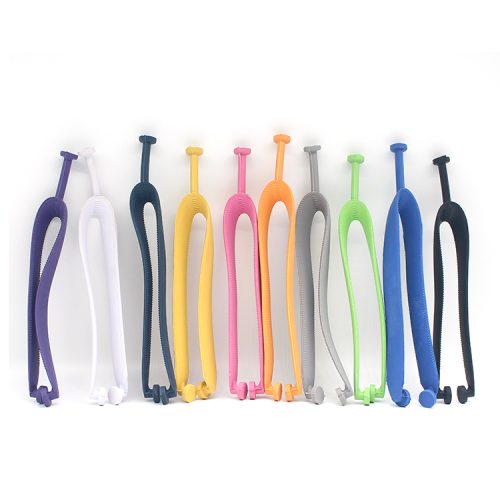Flip-flops are unique in their design and construction, which make them a popular summer footwear choice. Here are some of the key features that make flip-flops stand out:
- Simple design: Flip-flops are made up of just a few basic parts, including a flat sole and a strap that goes between the toes. This simple design makes them lightweight, easy to wear, and easy to pack for travel.
- Open design: Unlike traditional shoes, flip-flops leave the top and sides of the foot exposed, allowing for better ventilation and air flow. This makes them a popular choice for hot and humid climates.
- Flexible sole: Flip-flops have a flexible sole that bends and flexes with the foot as you walk, providing a more natural feel. However, this flexibility can also lead to foot fatigue and pain if worn for extended periods of time.
- Limited support: Flip-flops generally provide limited support and cushioning, which can be a drawback for people with foot problems or those who need extra support. However, some flip-flops now feature contoured footbeds and arch support for improved comfort and support.
- Slip-on style: Flip-flops are easy to slip on and off, making them a convenient choice for quick trips or casual wear. However, this slip-on style can also increase the risk of tripping or losing your shoe while walking.
Overall, flip-flops offer a unique combination of simplicity, ventilation, and flexibility that make them a popular choice for summer wear. However, it’s important to choose a pair that fits properly and provides adequate support and protection for your feet.


